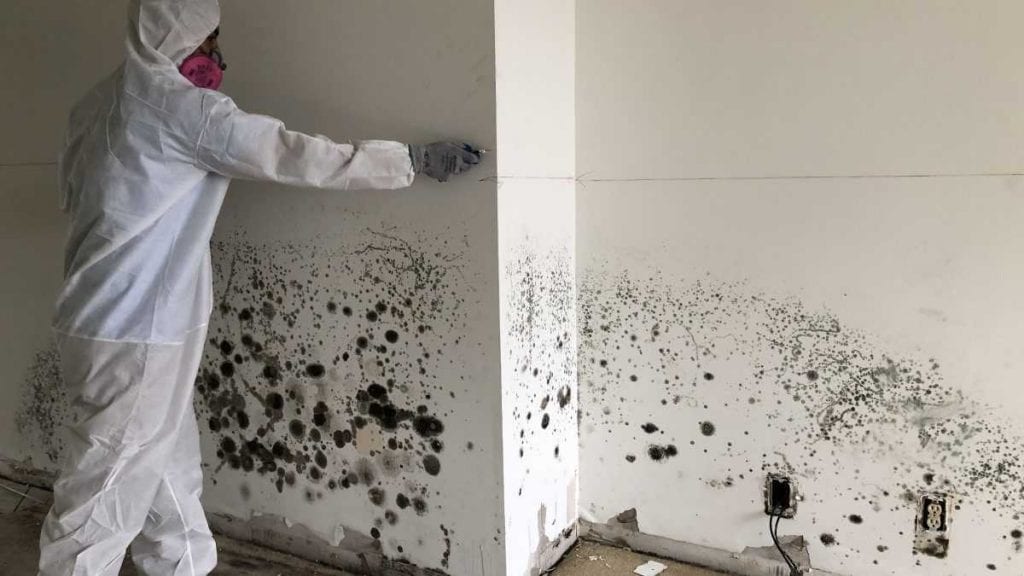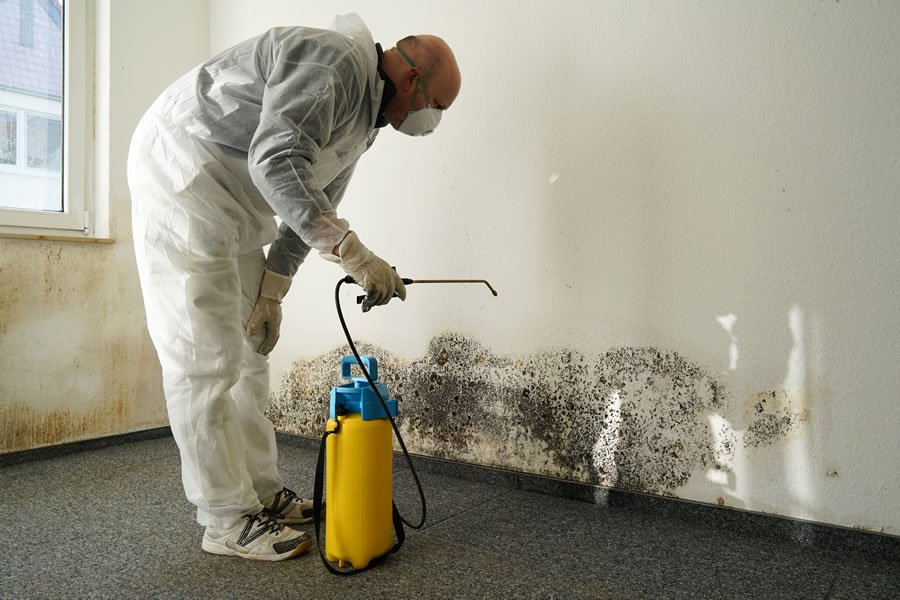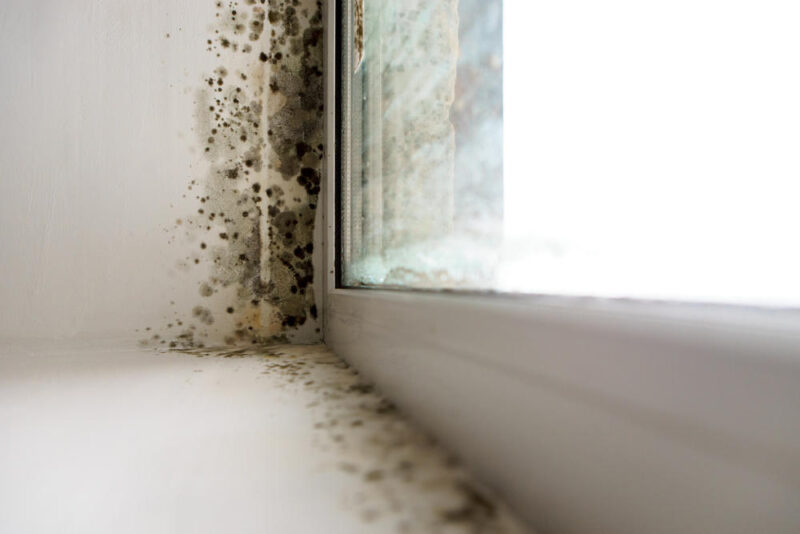When you walk into a room and your eyes are drawn to an unsightly mark on the wall or a damp spot on the ceiling, it can be difficult to determine whether you’re looking at a harmless stain or a potential mold problem. Ignoring those irregular patches might seem like an easy out, but what if that seemingly innocent discoloration is harboring a hidden menace? Mold can pose serious health risks and damage your home if left unchecked.
As we delve into this essential guide, we’ll explore the telltale signs that distinguish a simple stain from the more insidious threat of mold. Don’t turn a blind eye—understanding these indicators could mean the difference between a minor cleanup and a major intervention!
Signs of Mold: How to Spot It Early

Identifying mold in your home can often feel like a mystery waiting to be solved. At first glance, what might seem like an innocuous stain could hide a more insidious problem beneath its surface.
Pay close attention to areas that are persistently damp, such as around windows, in bathrooms, or under sinks—these are prime locations for mold growth. Look for visual signs like fuzzy patches ranging in color from black to green or yellowish spots that may appear slimy or powdery.
Don’t ignore the musty odors that can waft through your living space; they often indicate hidden mold. Additionally, unexplained health issues—such as allergies, respiratory troubles, or skin irritations—may signal mold presence.
By recognizing these signs early, you empower yourself to tackle potential infestations head-on, transforming a daunting task into manageable prevention.
Health Symptoms Linked to Mold Exposure

Mold exposure can manifest a range of health symptoms that vary widely among individuals, often making it difficult to connect the dots. Common complaints include persistent coughing, sneezing, and irritating skin rashes, which can all be mistaken for seasonal allergies or other common ailments.
However, the more serious effects can lead to significant respiratory issues, including asthma exacerbations and chronic sinusitis. Some individuals experience neurological symptoms, such as memory problems or a sense of confusion, which may leave them feeling disoriented and fatigued.
Its not uncommon for mold-related symptoms to develop quietly, only to escalate over time, making it crucial to heed any unusual health changes in your body. If you suspect mold in your environment, don’t overlook these potential warning signs—your health could depend on it.
Preventative Measures: Keeping Your Home Mold-Free

To keep your home mold-free, it’s essential to implement a few proactive strategies that can make all the difference. Start by controlling humidity levels; maintaining indoor humidity below 60% can be a game-changer.
Consider investing in dehumidifiers for particularly damp areas like basements. Additionally, ensure that your home is properly ventilated—open windows when weather permits, and use exhaust fans in moisture-prone areas such as kitchens and bathrooms.
Regularly inspect your home for leaks, especially around windows, roofs, and plumbing fixtures; catching a small drip early can prevent a full-blown mold invasion. Don’t forget to clean and dry any spills or water-damaged materials promptly.
With these simple yet effective measures in place, you can safeguard your sanctuary and enjoy peace of mind.
Conclusion
In conclusion, recognizing the distinction between stains and mold is crucial for maintaining a healthy living environment. Ignoring the early signs of mold can lead to serious health issues and extensive property damage.
If you notice any unusual discoloration, a musty smell, or persistent moisture in your home, it’s important to take action promptly. Consider seeking professional help, such as mold testing Tampa, to assess the situation thoroughly and ensure that your home remains safe and mold-free. By being vigilant and proactive, you can protect not only your property but also the well-being of everyone who lives in it.


